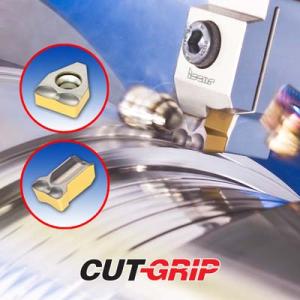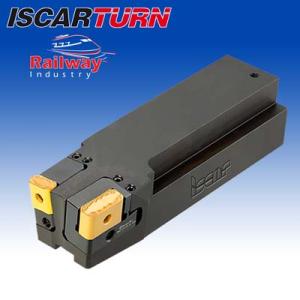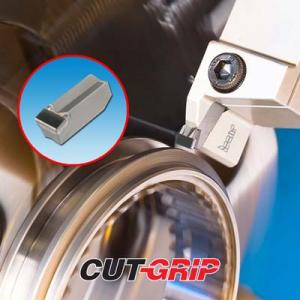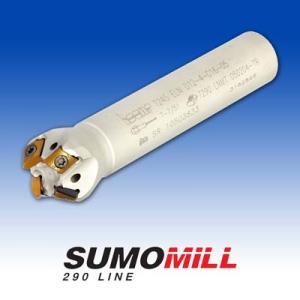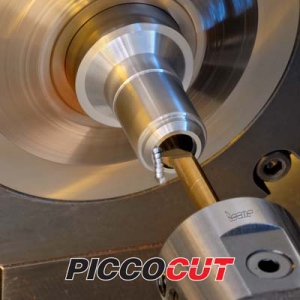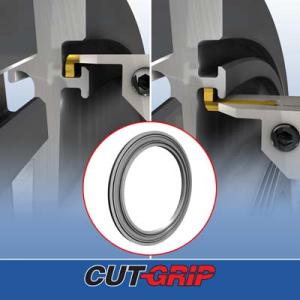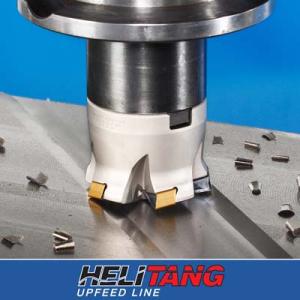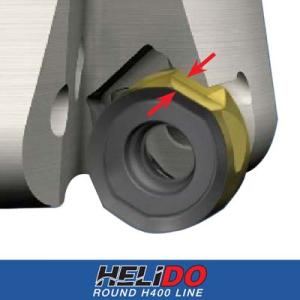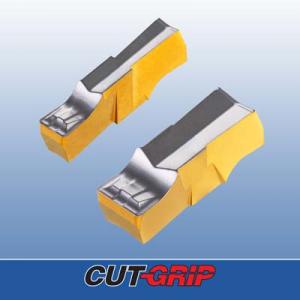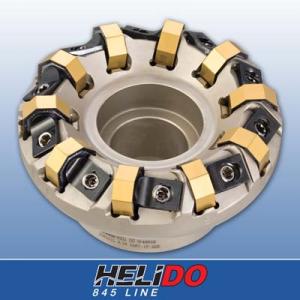Contact Details
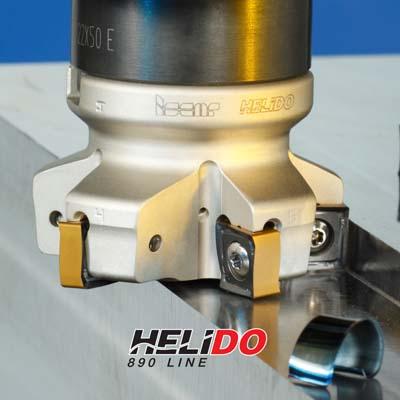
Iscar Metals' HELIDO S890 FSN is a new family of right-hand indexable face mills with an 88°Cutting edge angle (2 degree lead) with 8 helical cutting edges, which can be used for up to 9mm depth of cut.
The new family was designed for rough to semi-finish, high-efficiency face milling, primarily on cast iron and steel components. The HELIDO S890 FSN face mills carry square-shaped inserts: S890 SNMU 1305 PN... with 8 helical cutting edges, which can be used for up to 9mm depth of cut.
The HELIDO S890 FSN face mills are available in a diameter range of 50 to 160mm in coarse and fine pitch configurations. Every cutter body features coolant holes directed to the insert cutting edges, for the most efficient cooling effect.
The inserts feature an advanced cutting geometry with positive rake, that ensures smooth milling with soft entry to and exit from material. They are produced mainly from the latest ISCAR SUMO TEC carbide grades, providing excellent performance and tool life. The winning combination of effective geometry, innovative carbide grades and 8 cutting edges, enhances productivity and reduces operational cutting costs. The new tools provide a very attractive solution for face milling applications regarding price per cutting edge.
The HELIDO S890 FSN family is an excellent choice for general milling, especially in applications requiring machining close to shoulders or fixture constraints. The tool's 88°Cutting edge angle enables performing face milling very close to the sidewall.
Related Glossary Terms
- coolant
coolant
Fluid that reduces temperature buildup at the tool/workpiece interface during machining. Normally takes the form of a liquid such as soluble or chemical mixtures (semisynthetic, synthetic) but can be pressurized air or other gas. Because of water’s ability to absorb great quantities of heat, it is widely used as a coolant and vehicle for various cutting compounds, with the water-to-compound ratio varying with the machining task. See cutting fluid; semisynthetic cutting fluid; soluble-oil cutting fluid; synthetic cutting fluid.
- depth of cut
depth of cut
Distance between the bottom of the cut and the uncut surface of the workpiece, measured in a direction at right angles to the machined surface of the workpiece.
- fixture
fixture
Device, often made in-house, that holds a specific workpiece. See jig; modular fixturing.
- gang cutting ( milling)
gang cutting ( milling)
Machining with several cutters mounted on a single arbor, generally for simultaneous cutting.
- milling
milling
Machining operation in which metal or other material is removed by applying power to a rotating cutter. In vertical milling, the cutting tool is mounted vertically on the spindle. In horizontal milling, the cutting tool is mounted horizontally, either directly on the spindle or on an arbor. Horizontal milling is further broken down into conventional milling, where the cutter rotates opposite the direction of feed, or “up” into the workpiece; and climb milling, where the cutter rotates in the direction of feed, or “down” into the workpiece. Milling operations include plane or surface milling, endmilling, facemilling, angle milling, form milling and profiling.
- pitch
pitch
1. On a saw blade, the number of teeth per inch. 2. In threading, the number of threads per inch.
- rake
rake
Angle of inclination between the face of the cutting tool and the workpiece. If the face of the tool lies in a plane through the axis of the workpiece, the tool is said to have a neutral, or zero, rake. If the inclination of the tool face makes the cutting edge more acute than when the rake angle is zero, the rake is positive. If the inclination of the tool face makes the cutting edge less acute or more blunt than when the rake angle is zero, the rake is negative.

